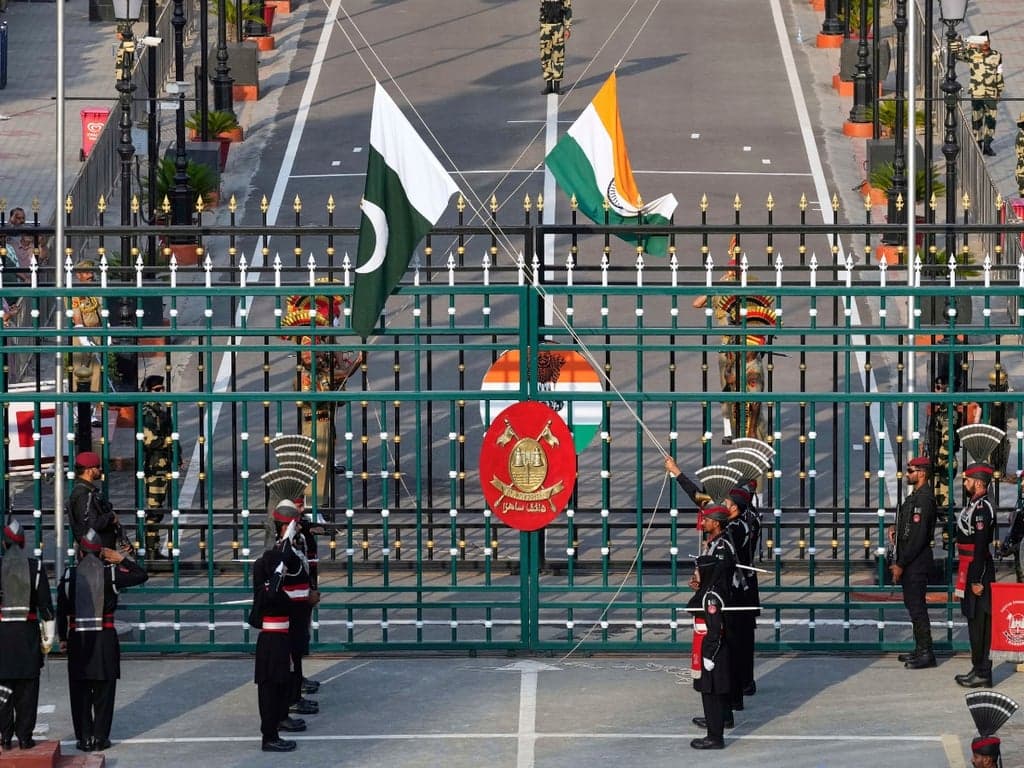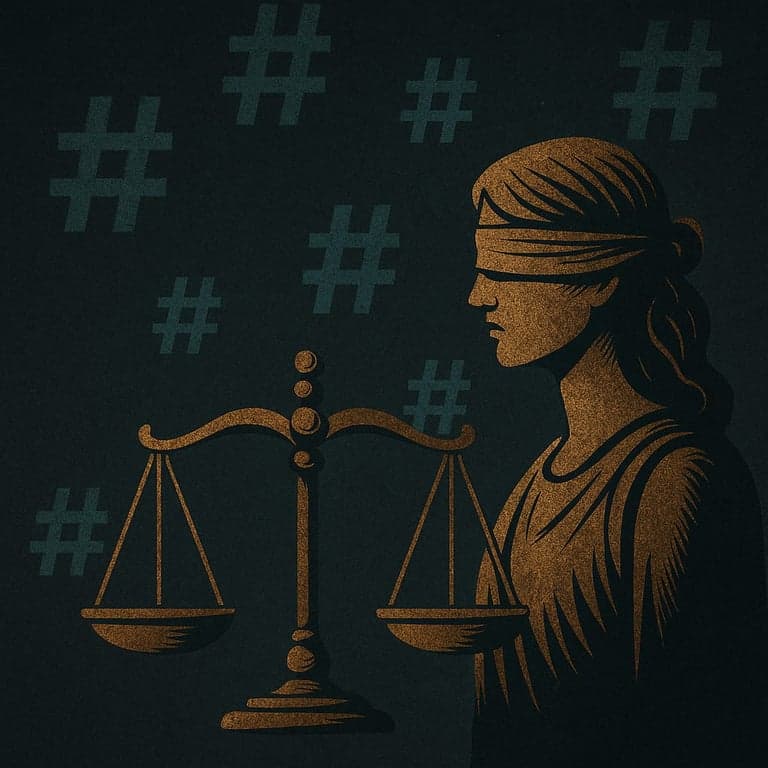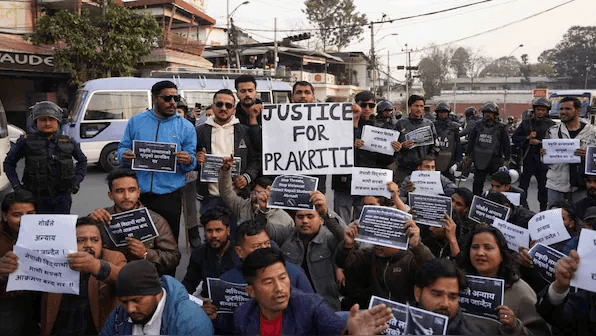
Hardworking and determined, Srinivas Kuchibhotla was an Indian engineer who moved to the United States to pursue a master’s degree at the University of Texas at El Paso. His dedication and brilliance soon landed him a job as an aviation systems engineer at Garmin, where he contributed to technological advancements. Srinivas was known for his warm personality and ability to connect with people from diverse backgrounds. He lived in Olathe, Kansas, with his wife, Sunayana Dumala.
On February 22, 2017, Srinivas and his friend, Alok Madasani, went to Austin’s Bar and Grill in Olathe, Kansas, for a casual evening out. What began as a routine night turned into a nightmare when Adam Purinton, a 51-year-old Navy veteran, approached the pair, spewing hate. Witnesses reported that Purinton yelled, "Get out of my country," before opening fire on Srinivas and Alok. Srinivas succumbed to his injuries, leaving behind a heartbroken wife, grieving parents, and a shocked community.
In 2025, a 26-year-old MBA from Hyderabad working part-time in Washington DC after getting his degree from a university in America, was shot dead by unidentified assailants at a gas station.
For decades, the "American Dream" has been sold as a universal aspiration, promising freedom, opportunity, and prosperity to anyone willing to work hard. Indians, with their determination and education, have embraced this dream wholeheartedly, contributing immensely to fields like technology, healthcare, and academia. Yet, this dream comes with an unspoken condition for Indians: You’re only welcome until you remind someone that you’re different.
The tales of Indian students and professionals being harassed, assaulted, and sometimes even killed are brushed aside as "isolated incidents." Are countless students robbed or attacked simply for being in the wrong place at the wrong time? These aren't just tragic stories; they’re chilling reminders that racism isn’t just in the past—it's alive, thriving, and barely hiding its ugly face. But don't worry; authorities often categorise these as "random crimes," sparing us the discomfort of addressing the underlying prejudice. What a relief!
Indians are frequently asked, "Do you eat with your hands?" or "How do you speak English so well?" Questions like these, though they seem totally harmless, are just covered ways of reinforcing the idea that Indians are outsiders. And who could forget the workplace, where Indian professionals are welcomed with open arms—until they start excelling. That’s when the whispers about "unfair competition" start. Because surely, it’s not hard work and skill that got them here, but some mysterious, nefarious shortcut or just some curry god magic.
How do we address the growing racism against Indians? It’s simple: acknowledge it. But why would we do that when it’s easier to sweep it under the rug, label it as "overreaction," or dismiss it as "part of the immigrant experience"? Indians are expected to smile through the bias, endure the hate, and be "grateful" for the opportunity to live abroad.
For many Indians, the question remains: Is the American Dream worth the risk? While some thrive, others pay a huge price for daring to believe in a promise that often feels one-sided. Srinivas Kuchibhotla believed in that dream and so did K.Raviteja, the MBA student from Hyderabad. Their belief, their contributions, and their lives should have been enough to guarantee their safety. Instead, their stories serve as cautionary tales. Never mind that Srinivas, like many other Indians, was contributing to the economy, paying taxes, and abiding by the law. His mere presence was enough to provoke irrational hatred.
Another factor contributing to racism against Indians is the sudden growth of cyber xenophobia. Terms like “curry muncher”, “pajeet” and false stereotypes are being used against Indians which may seem funny at first but are going to have a major long-lasting effect on Indians. It’s not as if xenophobia has suddenly risen, the “Indian tech worker” stereotype or making fun of Indian accents has always been prevalent. Doing nothing but only partaking in making these stereotypes come true, even as a joke, has given rise to a huge wave of discrimination.
So, here's the deal: the American Dream is totally attainable—as long as you’re not Indian. Sure, you can work your tail off, contribute to society, and maybe even save a few lives in the process, but remember, your skin color might just get you shot for the effort. That’s the little terms and conditions that never quite make it onto the promising brochures.
You can excel in your job, start a family, and even master the art of fitting in—nevertheless be prepared for a crash course in "random violence" or "isolated incidents" if your success causes discomfort to someone who doesn't understand you. And if you think you can escape the hate online? Think again. Just throw in a few "curry" jokes, mock someone’s accent, and voila, you’ve created a beautiful little ecosystem of cyber xenophobia that we’ll all pretend isn’t real.
Be prepared to navigate hate, prejudice, and violence along the way. Because nothing says “opportunity” like living in a country where your mere presence is considered a reason for someone else’s discomfort. But, phew! At least we have our spices, right?
Welcome to America—terms and conditions apply.
Written by Ananya Mishra


